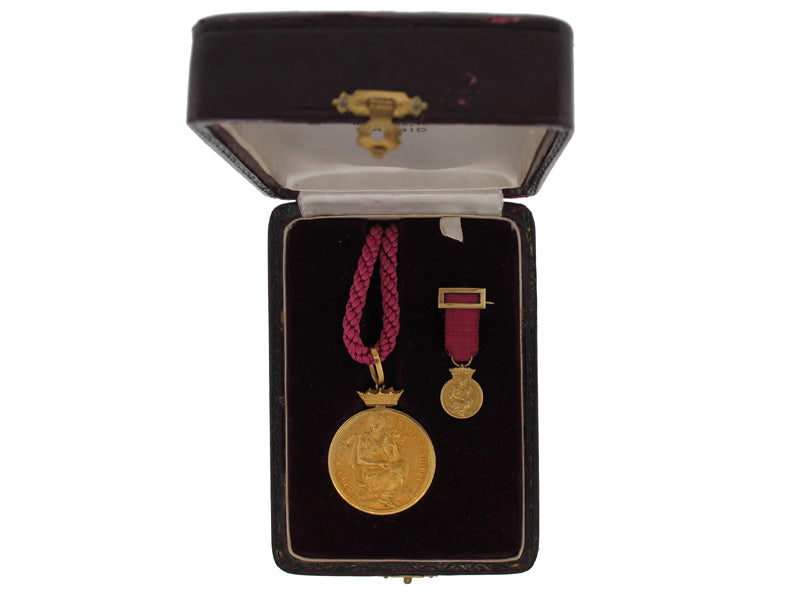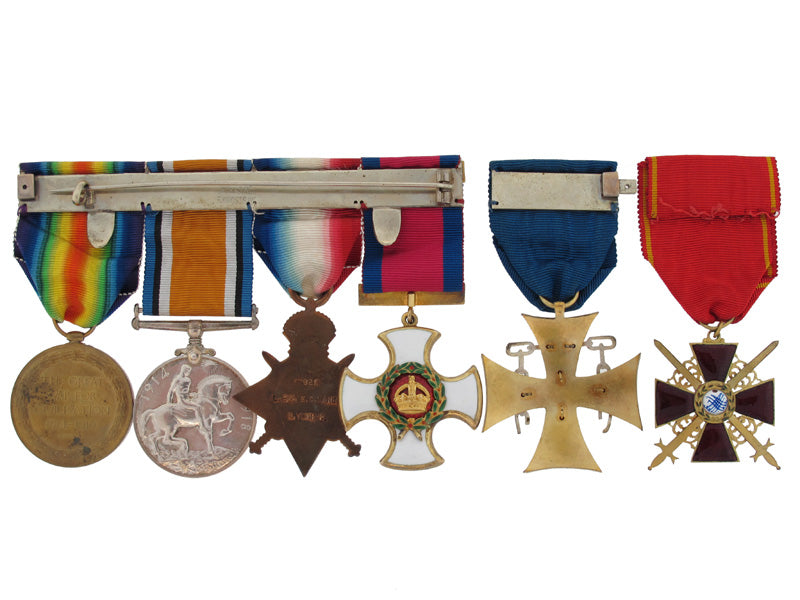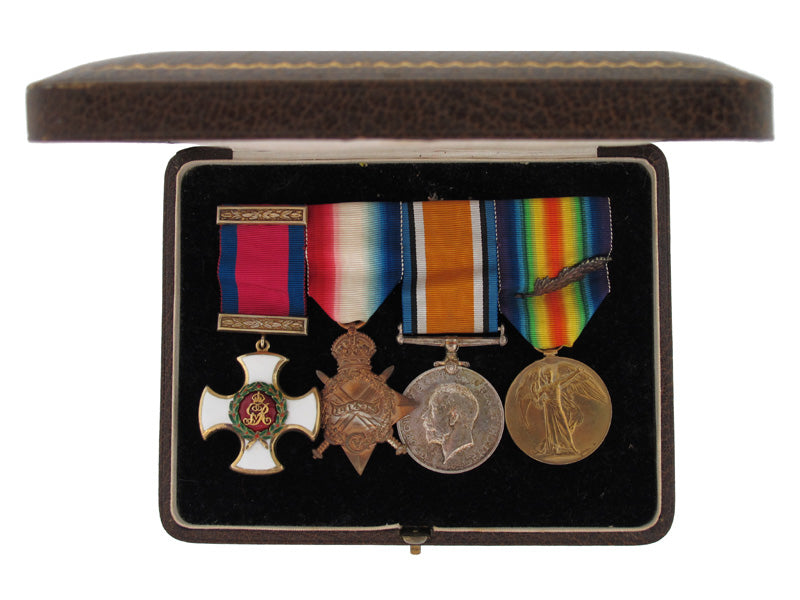
LOADING ...
In response to evolving domestic opinion, eMedals Inc has made the conscious decision to remove the presentation of German Third Reich historical artifacts from our online catalogue. For three decades, eMedals Inc has made an effort to preserve history in all its forms. As historians and researchers, we have managed sensitive articles and materials with the greatest of care and respect for their past and present social context. We acknowledge the growing sentiments put forth by the Canadian public and have taken proactive actions to address this opinion.






A Remarkable Dso To Captain E. C. Lance
A Remarkable Dso To Captain E. C. Lance
SKU: ITEM: GB0973
Current Bid:
Your Max Bid:
Bid History:
Time Remaining:
Couldn't load pickup availability
Shipping Details
Shipping Details
eMedals offers rapid domestic and international shipping. Orders received prior to 12:00pm (EST) will be shipped on the same business day.* Orders placed on Canadian Federal holidays will be dispatched the subsequent business day. Courier tracking numbers are provided for all shipments. All items purchased from eMedals can be returned for a full monetary refund or merchandise credit, providing the criteria presented in our Terms & Conditions are met. *Please note that the addition of a COA may impact dispatch time.
Shipping Details
eMedals offers rapid domestic and international shipping. Orders received prior to 12:00pm (EST) will be shipped on the same business day.* Orders placed on Canadian Federal holidays will be dispatched the subsequent business day. Courier tracking numbers are provided for all shipments. All items purchased from eMedals can be returned for a full monetary refund or merchandise credit, providing the criteria presented in our Terms & Conditions are met. *Please note that the addition of a COA may impact dispatch time.
Description
Description
Description






You May Also Like
Denmark, Kingdom. An Order of Dannebrog Stickpin in Gold, Frederick VI, c.1830
M0676-32
Chile, Republic. A Miniature Star Of Military Merit For Long Service In Gold
M0676-29
Spain, Kingdom. An Order of Isabella the Catholic, Grand Cross Sash
M0676-27
Bulgaria, Kingdom. Two Cases for the National Order of Civil Merit
M0676-25
Spain, Spanish State. An Order of Military Merit, German Made, c.1930
EU23380
-
Denmark, Kingdom. An Order of Dannebrog Stickpin in Gold, Frederick VI, c.1830
M0676-32
Add to CartRegular price $275 USDRegular price $0 USD Sale price $275 USDUnit price / per -
Chile, Republic. A Miniature Star Of Military Merit For Long Service In Gold
M0676-29
Add to CartRegular price $135 USDRegular price $0 USD Sale price $135 USDUnit price / per -
Spain, Kingdom. An Order of Isabella the Catholic, Grand Cross Sash
M0676-27
Add to CartRegular price $150 USDRegular price $0 USD Sale price $150 USDUnit price / per -
Bulgaria, Kingdom. Two Cases for the National Order of Civil Merit
M0676-25
Add to CartRegular price $120 USDRegular price $0 USD Sale price $120 USDUnit price / per -
Spain, Spanish State. An Order of Military Merit, German Made, c.1930
EU23380
Add to CartRegular price $405 USDRegular price $0 USD Sale price $405 USDUnit price / per
Do you have a similar item you are interested in selling?
Please complete the form and our client care representatives will contact you.
Sell Item
















